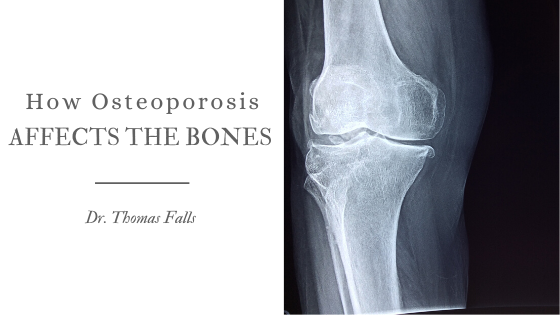Common in older adults, osteoporosis is a condition that weakens the bones, making it easier for them to fracture. While some individuals are more prone to developing osteoporosis, it is beneficial to understand how the condition affects the bones and how individuals can try to prevent its development.
The word “osteoporosis” literally means “porous bone,” referring to the honeycomb-like appearance of affected bones under a microscope. This results from abnormal tissue and the deterioration of bone structure.
Cortical and Spongy Bone
When it comes to bones, there are two different structures: the cortical bone and the spongy bone. Cortical bone is found on every bone in the body and accounts for the hard exterior of each bone. The ribs and skull are primarily composed of cortical bone. Spongy bone is primarily found in the vertebrae, but it also makes up the interior of longer bones like the femur.
Osteoporosis causes the cortical bone to become thinner while also reducing the density of the spongy bone. As a result of this development, an individual’s bones become less dense and more fragile. Fractures can occur more easily and heal at a much slower rate than in an individual with healthy bones. Common sites of fractures include the tip of the femur, the wrist, and vertebrae.
Contributing Factors
Individuals over the age of 50 are at a higher risk of developing osteoporosis than younger adults, and women are more likely to develop this condition, as well. Beyond age and biological sex, additional factors that can contribute to the development of osteoporosis include an individual’s genetic information, the amount of exercise an individual gets, and how much vitamin D and calcium an individual has in their body.
Before the age of 30, the body produces and reabsorbs bone tissue at an optimal rate, but this process slows over time. Exercising frequently can help increase the production of osteoblasts, bone cells that produce new bone tissue, which can help combat the steady rate at which osteoclasts, cells that break down bone tissue, work.
The development of osteoporosis can negatively impact an individual’s quality of life and overall health. Maintaining a healthy lifestyle, especially as they get older, can help individuals stave off the development of this condition.

